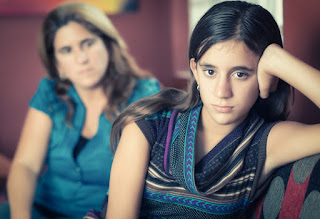AASL Shared Foundations Blog Series – Engage
This blog is the fourth in a series of blogs that discuss a
variety of the shared foundations that SC librarians find are important in
their school libraries.
This librarian is Kathryn.
She is the librarian at a middle school that serves 800 students. This school is located in a small town and
the majority of the students are from low income households. Creating programs to promote reading and also
provide personal experiences for those student to relate to.
Annually the school promotes the One School, One Book project that strives to engage students to read with peers, family members and staff. The school strives to choose a book that will appeal to most students. The book must also be supported by the teaching staff, so that they will support the program and encourage students to participate.
There is a service project that is
related to the book and the students to become engaged in their community. By engaging students in the community they
can learn and share ideas with those around them. The 2019 book was Restart by Gordon Korman;
the 2020 book is the Miscalculations of Lightning Girl by Stacy McAnulty. The main character in the book was middle
school aged became a math genius after being hit by lightning. She originally was home-schooled but then was
made by her grandmother to attend middle school for one year.
As the students and staff prepared for the community service
project they decided to incorporate collecting donations for the local
community animal shelter. Classroom
teachers engaged students in projects in their classrooms to promote the
book. The ELA classes researched dog
breeds and made a flyer for an imaginary dog that needs to be adopted. The science and social studies classes
learned about lightning. Math classes
created a Fibonacci spiral and learned about the Golden ratio.
Some challenges that the Kathryn faced while planning and
coordinating this project was the impact that could be made on virtual
students. Many teachers were reluctant
to add research and collaboration of the book project at this time. Also, virtual students struggle to complete
required assignments and adding a reading project made this effort concerning
to teachers. However, the resolution was
to just encourage the participation of all students in this diverse learning
community of Camden Middle School. One
Book, One School is designed to encourage all staff, families and students to
take time to read together. Being
supportive and encouraging will lead students to engage.


























